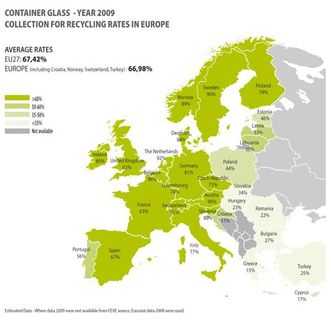Bold research into recycling CO2
The scientific aims are bold, but the gains can be enormous. The new CADIAC research centre at Aarhus University will be the most ambitious venture in the world to date to find the best methods to convert CO2 into medicine, plastic and useful chemicals. Even on Mars.
CO2, carbon dioxide, carbonic acid gas. Waste product, pollution, greenhouse gas. The demon goes by many names.
However, it might also deserve a positive nickname - a sustainable resource. But this means that it has to work - or rather, that we find better ways to get it to work - and generally speaking, CO2 molecules are not very cooperative.
CO2 molecules are actually very stable, and in normal circumstances, they do not react chemically with other substances. It is therefore necessary to expose the substances to abnormal conditions.
In the course of the last few decades, researchers and companies all over the world have entered into a race to discover or develop catalysts that not only get CO2 to react with other substances and form new materials, but are also safe, stable and cost-effective.
New star team joins the race
A new competitor has now joined in. CADIAC (Carbon Dioxide Activation Centre) is providing an international team of researchers who are some of the world's leading experts in the catalysis and activation of CO2.
Backed by a grant of DKK 60 million from the Danish National Research Foundation, CADIAC will be located at iNANO, Aarhus University, but the new basic research centre will actually carry out its research at many addresses.
This is due to a partnership between researchers at the University of Michigan, the University of Rostock, the Massachusetts Institute of Technology, the University of Paris and Aarhus University, the latter of which is represented by the Department of Chemistry and the Department of Engineering.
The director of the new basic research centre is Professor of Chemistry Troels Skrydstrup, who has considerable experience in fields including catalysis, as well as management experience from his time as head of the Department of Chemistry and interim head of iNANO. Aarhus University is also represented by Professor Kim Daasbjerg, who is responsible for a number of ground-breaking results in catalysis and electrochemistry.
As part of their close collaboration, the partners will exchange PhD students, enabling them to move between the different research groups and laboratories, thereby gaining access to the world's most advanced technologies - as well as courses that may not be available in their home countries.
Towering ambitions
The ambitious aim of the research centre is to acquire fundamental new knowledge about the activation of CO2 by carrying out work that cuts across four disciplines - catalysis, materials chemistry, surface chemistry and electrochemistry.
This involves not only developing completely new catalysts and catalysis technologies - one of the aims is also to develop materials that can capture CO2 close to the catalyst, making it unnecessary to transport containers of CO2.
The vision is to make it possible in the future to collect CO2 as a raw material directly from chimneys, exhaust pipes or exhaled breath, immediately converting it to valuable materials such as plastic, medicine or fuel.
If successful, it may even affect future manned missions to Mars. The astronauts will be able to 3D print many of their tools and building materials when they arrive - with plastic derived from Mars' atmosphere, which consists mainly of CO2 - thus saving precious rocket fuel.
It sounds bold - and it certainly is. As Professor Skrydstrup wrote in his application to the research foundation, "The scientific risks are high in the sense that such complex integrated and multifunctional chemical systems have never been made before. But if it succeeds, the gains will be enormous."
Most read news
Other news from the department science

Get the chemical industry in your inbox
By submitting this form you agree that LUMITOS AG will send you the newsletter(s) selected above by email. Your data will not be passed on to third parties. Your data will be stored and processed in accordance with our data protection regulations. LUMITOS may contact you by email for the purpose of advertising or market and opinion surveys. You can revoke your consent at any time without giving reasons to LUMITOS AG, Ernst-Augustin-Str. 2, 12489 Berlin, Germany or by e-mail at revoke@lumitos.com with effect for the future. In addition, each email contains a link to unsubscribe from the corresponding newsletter.




























































